
Two products originate from oil exploitation, crude oil e...
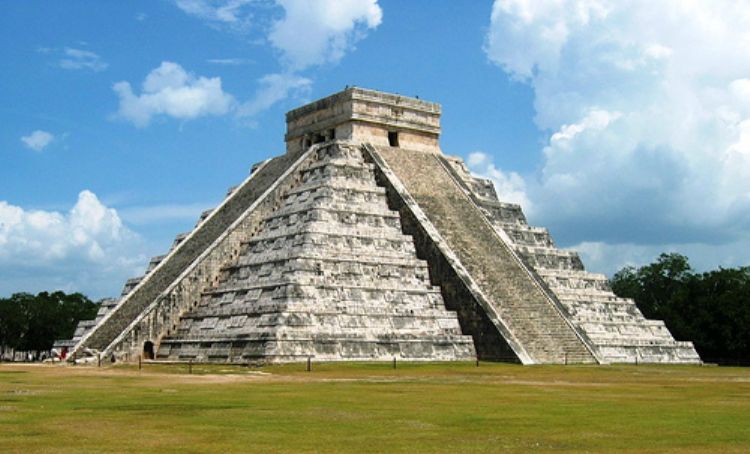
Home of the Mayan culture, Yucatan is located in the southeast part of Mexico, on the tip of the Yucatan Peninsula, formed also from the status of Campeche and Quintana Roo.
It is believed that its name came from confusion between Mayans and Spaniards when they misunderstood each other. However, the name is not important once we discover that in these lands are great Mayan cities inhabited by many generations of indigenous Mayans, even at the arrival of the conquistadors.
The cities of Uxmal, Mazapan, and Chichen-Itza, had the control of the region of Mayapán from the X to XII centuries. Ambition for power generated an internal battle that was over in 1441 with the legion of Mayapán and its great cities giving way to small lordships.
This new social structure facilitated the job for the Spaniards, who settling in the neighboring land of Campeche, soon took control of this part of the peninsula with Francisco de Montejo el Mozo as their leader, also founder of the villa of Campeche.
When the conquistadors arrived to the Mayan city T´ho, founded in 1240, they discovered remains similar to the architectural constructions of Rome found in the city of Merida, Spain; and so in their third expedition to Yucateca territory on January 6th, 1547, they founded the new capital of the region, Merida.
With the remains of the ancient Mayan city, they focused on constructing the foundations for the new colonial capital. They did not receive orders from the established capital of Mexico, but from the established audience in Guatemala, giving initiative to the history of isolation from the rest of the country.
Despite the fast control the Spaniards obtained from the main areas of the territory, Mayan communities that resisted stood until 1697, when the white man gained control of Peten Itza.
Towards the end of the Battle of Independence (1821), the political conflicts of the new country began again between federalists and centralists. The peninsula refused the imposition of a federal government in the country and in 1821-1825; Yucatan declared itself and independent state while the Mexican territory did not conform like the republic. This new independence lasted 2 years.
In 1847 southeast Mexico was submerged in indigenous rebellion like the Battle of Castas, where the Mayans submitted to the government of the ¨white¨ in intent to retake control of their lands and liberty.
Yucatan and Campeche also maintained numerous disputes in the interior of economic character. On May 3, 1858, sovereignty was ratified by the President Benito Juarez.
During this period, haciendas and commerce flourished in Yucatan, however, the territory was also separated from the Mexican state of Quintana Roo, trying to separate the rebellious Mayan community from the state of Yucatan

Two products originate from oil exploitation, crude oil e...
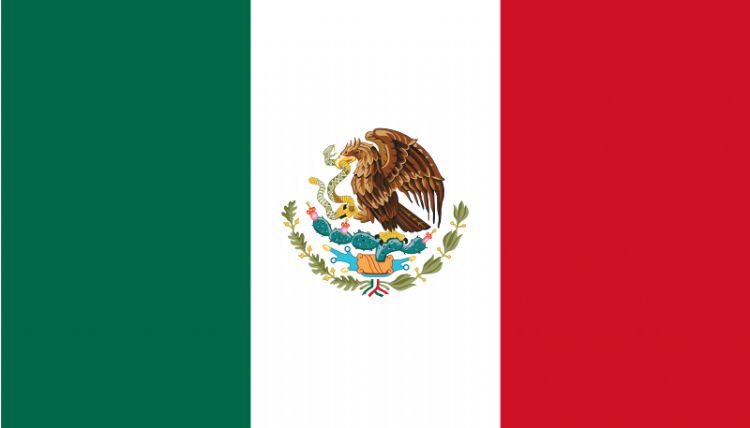
Mexicoâs flag is the most representative identity symbo...

Agriculture is still one of the most important activities...

During 2010 we celebrated in México 200 years of I...

The same as a steam engine, which has hot and humid air, ...
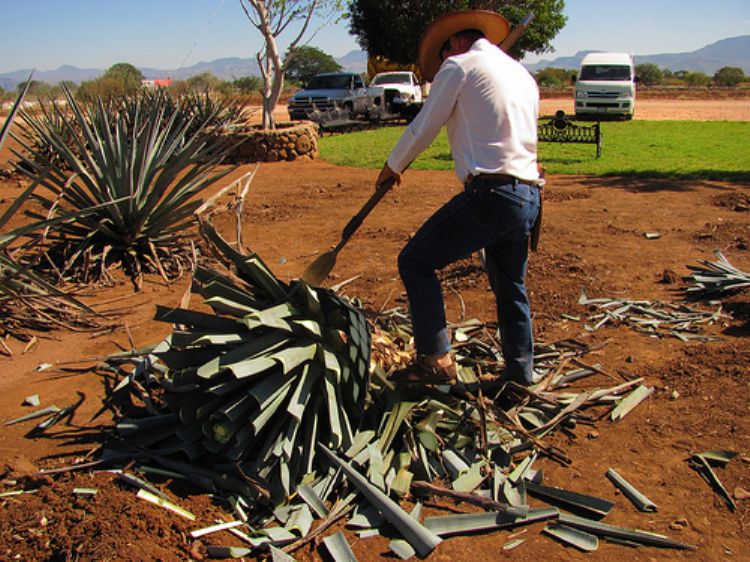
One of the best known products that Mexico has given to t...
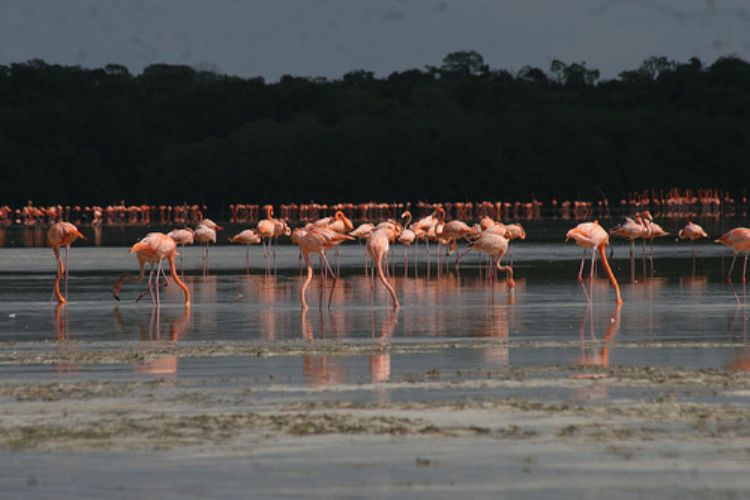
Celestun has been considered a Biosphere Reserve since 19...

Baja California
Baja California has had a ...
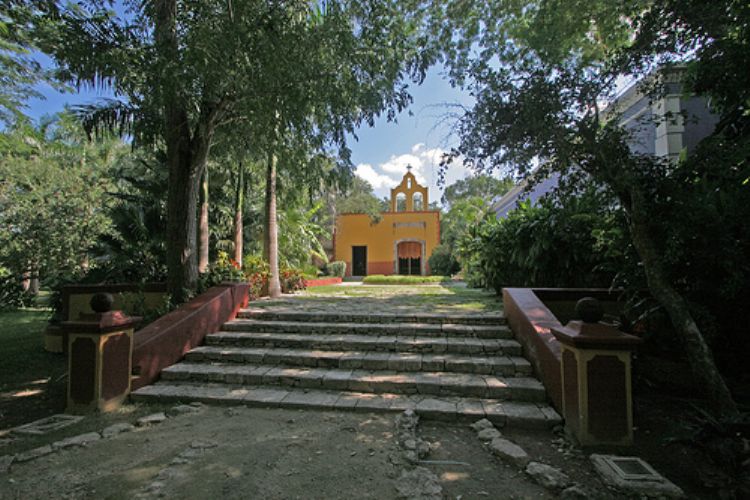
Hacienda is a word meaning wealth and it was the typical ...

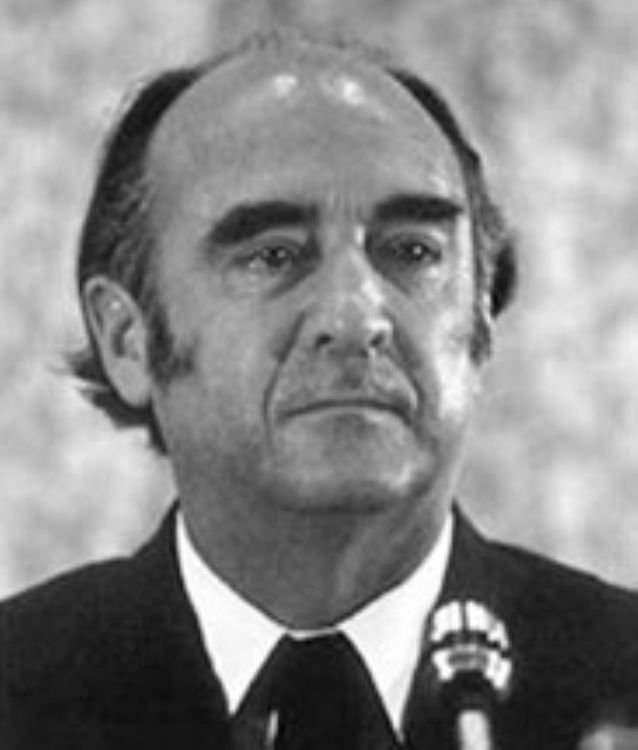
During his last state of the union address, José L...

The name of Campeche derives from the Maya word Ah-Kim-Pe...
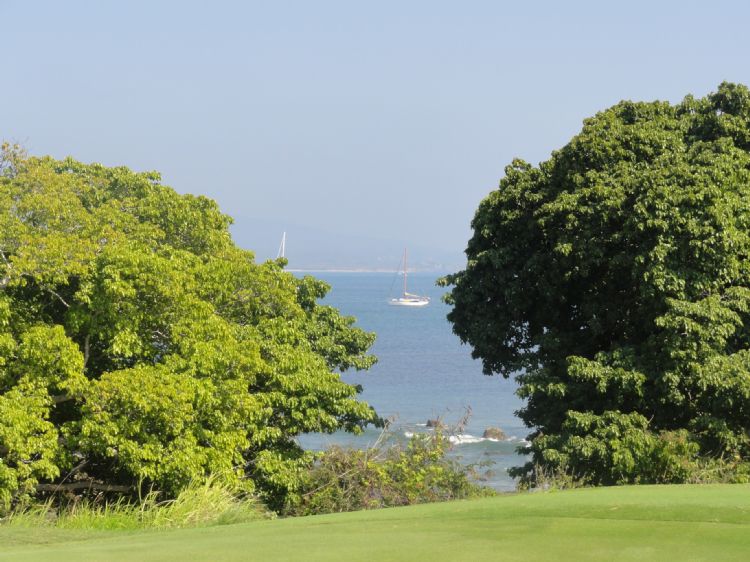
This route takes us through the coasts of the states of J...